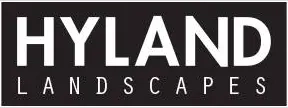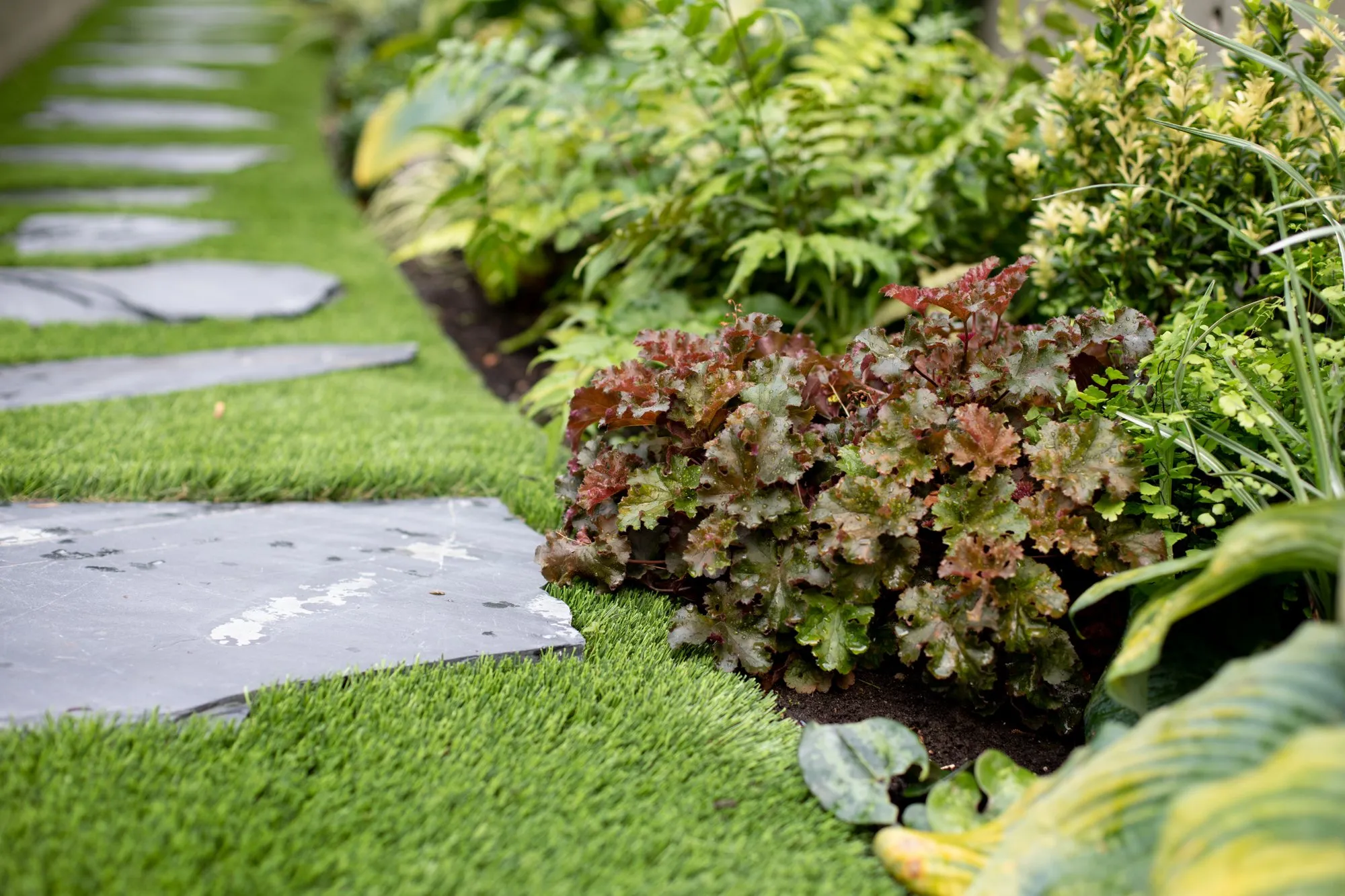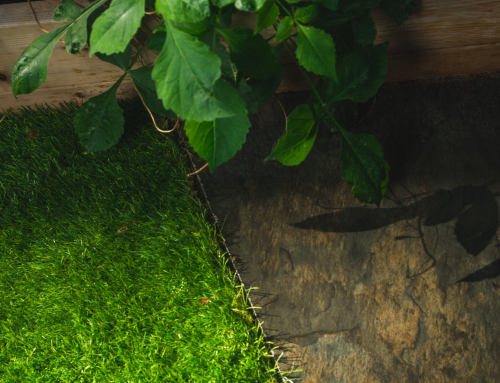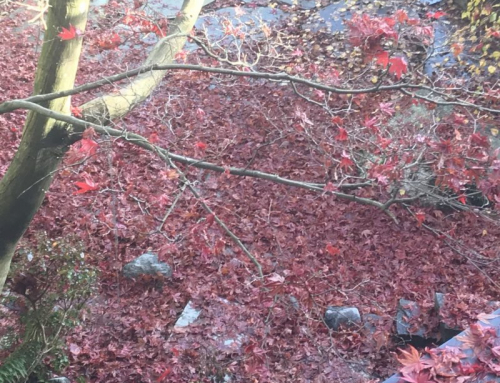What Is Xeriscaping?
The idea behind xeriscaping is simple: to create a landscape that requires little to no irrigation. This means using native plants that are likely to already be acclimated to the climate and soil of your region. For example, here in Vancouver, a xeriscape could include Douglas firs and western red cedars.
Not only does this reduce the amount of water your landscape will need, but it also eliminates the need for pesticides and fertilizers. This is because native plants are already adapted to their environment and don’t require extra chemicals to thrive.
A Brief History Lesson
The first known use of the word “xeriscaping” was in 1981 in Colorado. Denver Water coined the term by marrying the Greek word “xeros” meaning dry with “landscaping.” Xeriscaping became popular in the western and southwestern United States as a solution to water shortages. The practice slowly made its way up to Canada where it has been gaining popularity in recent years.
“Xeri-Principles”

Besides being about water conservation, xeriscaping is also a type of landscaping that follows principles. These principles define the boundaries of what xeriscaping is and how a landscaping company can help you achieve it for your Vancouver garden.
1) Lawn Management
A big part of any landscaping project, but especially a xeriscape one, is how you take care of your lawn. Whenever possible, you should reduce or eliminate your lawn area. This is because lawns are extremely high maintenance, and require a lot of water and chemicals to stay healthy. Not only that, but they’re also one of the biggest sources of greenhouse gas emissions in the world.
If you do have a lawn, make sure it’s healthy and drought-resistant. This means regularly aerating and fertilizing it, and using the right type of grass seed for your climate. You should also consider installing an irrigation system, so you can water your lawn more efficiently.
There are multiple eco-friendly lawn designs that a landscaping company like Hyland Landscapes can offer. One such design is a meadow lawn, which is low-maintenance and looks natural. It’s perfect for Calgary gardens since it doesn’t require as much water or upkeep.
2) Picking The Right Plants
When it comes to plants, there are two main things to consider: their water needs and their hardiness. When choosing plants for your xeriscape garden, make sure to pick ones that are drought-resistant and don’t require a lot of water. Some good examples include cacti, succulents, and sedums.
It’s also important to choose plants that are native to Vancouver, as they’re already adapted to our climate and will require less water. Some examples of native plants include goatsbeard, common elderberry shrubs, and sword ferns.
When it comes to hardiness, you should choose plants that can withstand our cold winters and hot summers. This way, they won’t require as much care or water to stay alive.
3) Mulching
Mulch is a layer of material (usually organic) that you put on top of your soil and is a great way to conserve water and keep your plants healthy. Mulching helps to prevent evaporation, which means that your plants will need less water. It also helps to keep the roots of your plants cool in the summer and warm in the winter.
There are two main types of mulch: inorganic and organic. Inorganic mulches include things like gravel or stones, while organic mulches are made from things like wood chips or bark. Both types of mulch have their own benefits.
- Inorganic mulches last longer because they don’t break down as organic mulches do. This means that you won’t have to replace them as often. They also don’t attract pests and animals as organic mulches can.
- Organic mulches help improve the quality of your soil as they break down. They also provide nutrients for your plants and can help to suppress weeds.
The type of mulch you choose will depend on your landscape and what you’re trying to achieve. If you want a mulch that will last longer, then an inorganic mulch is a good choice. If you’re looking for a mulch that will improve the quality of your soil, then an organic mulch is a better option.
4) Grading
An important aspect of Xeriscaping is grading your land. This means making sure that your land slopes away from your house so that water doesn’t pool near the foundation and cause problems. Grading also helps to prevent erosion, which can damage your plants and landscape.
Expert landscape artists can help you grade your land properly and make sure that it slopes away from your house. This is an important step in Xeriscaping and should be done before you plant anything.
If you have a small yard, then you might not need to grade your land. In this case, you can just create raised beds for your plants. This will help to prevent water from pooling near your house and will also help with drainage.
5) Efficient Irrigation
A well-designed irrigation system is an important part of Xeriscaping. An irrigation system can help you save water by delivering it directly to your plants’ roots. This means that your plants will get the water they need without any wastage.
There are many different types of irrigation systems, so it’s important to choose one that’s right for your landscape. Some systems are better for small yards, while others are better for large landscapes. You should also consider the type of plants you have and how often they need to be watered.
If you have a small yard, then a drip irrigation system might be a good choice. This system delivers water directly to your plant’s roots through a series of small holes. This means that there is very little water wastage and your plants will get the moisture they need.
If you have a large landscape, then a sprinkler system might be a better option. This system delivers water to your plants through a series of sprinklers. You can adjust the amount of water that’s delivered to your plants depending on their needs.
6) Landscape Maintenance
Once you’ve Xeriscaped your yard, it’s important to maintain it. This means keeping an eye on your plants and making sure they’re getting enough water. It also means trimming your plants and removing any dead leaves or branches.
Maintaining your Xeriscape garden is relatively easy and doesn’t require a lot of time or effort. However, it’s important to do it regularly so that your garden stays healthy and looks its best.
If you don’t have the time or energy to maintain your Xeriscape garden, then you can hire a professional landscape company to do it for you. This is a great option if you want to make sure that your garden is always looking its best.
Seasonal landscaping services, like leaf removal and snow shoveling, are ideal for Xeriscaping because they help keep your plants healthy and your landscape looking great.
Winter XeriscapingIn Vancouver where it snows a lot, is xeriscaping a good landscaping option?Yes, you can xeriscape during the winter. It’s easy to think that xeriscaping can only work in dry, desert-like climates. However, xeriscaping can be adapted to any climate. In fact, winter xeriscaping can actually save you money on your water bill. This is because most plants go dormant in the winter and don’t need as much water. |
Choosing Plants and Landscaping
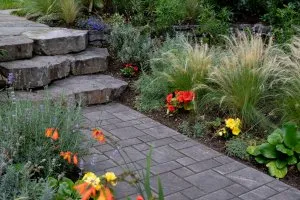
While cacti and succulents are often the “go-to” choice with xeriscaping, there are many other types of plants that can be used. These can include trees, shrubs, perennials, and annuals. When choosing plants for your xeriscape, it is important to consider their water needs. You should also choose plants that are native to your area. This is because they will be more adapted to the climate and require less water.
In Canada, plants like blue fescue, sedum, yarrow, and lavender are good choices for xeriscaping. Hiring a design build firm like Hyland Landscapes can ensure that these plants are properly installed and will thrive in your landscape.
Sustainable Landscape Artists
When it comes to xeriscaping, one size does not fit all. Each landscape is unique and has different needs. This is why it is important to hire a team of sustainable landscape artists who can create a custom design for your space.
At Hyland Landscapes, we take the time to get to know your landscape and design a plan that will work for you. We also offer maintenance services to keep your xeriscape looking its best. For more information about our sustainable landscape services or to learn more about our company, contact us today!
